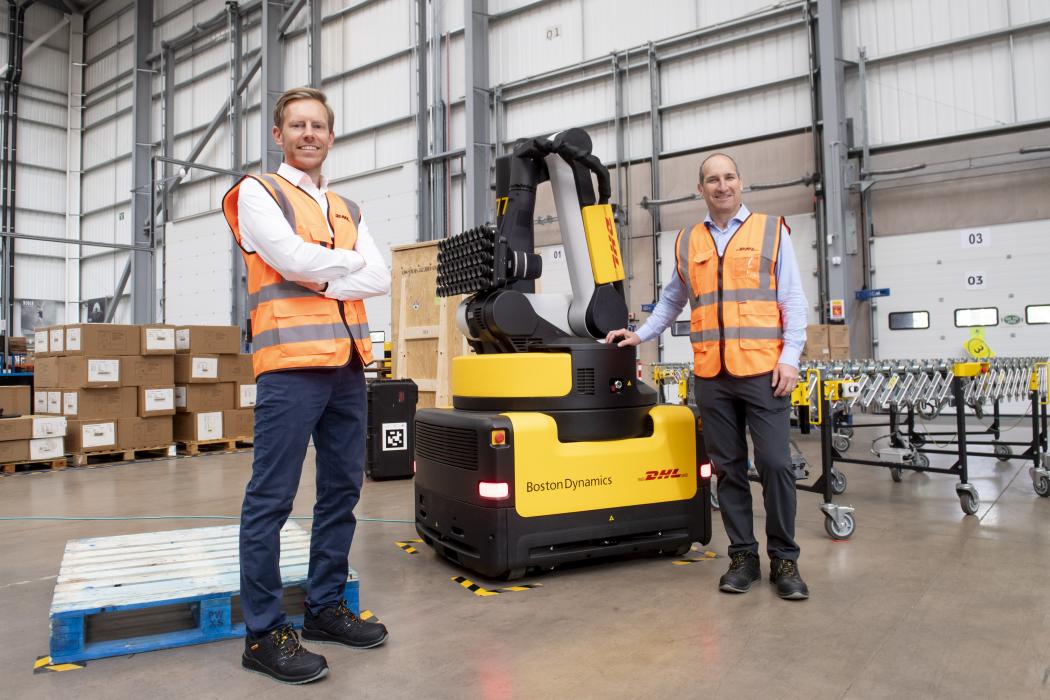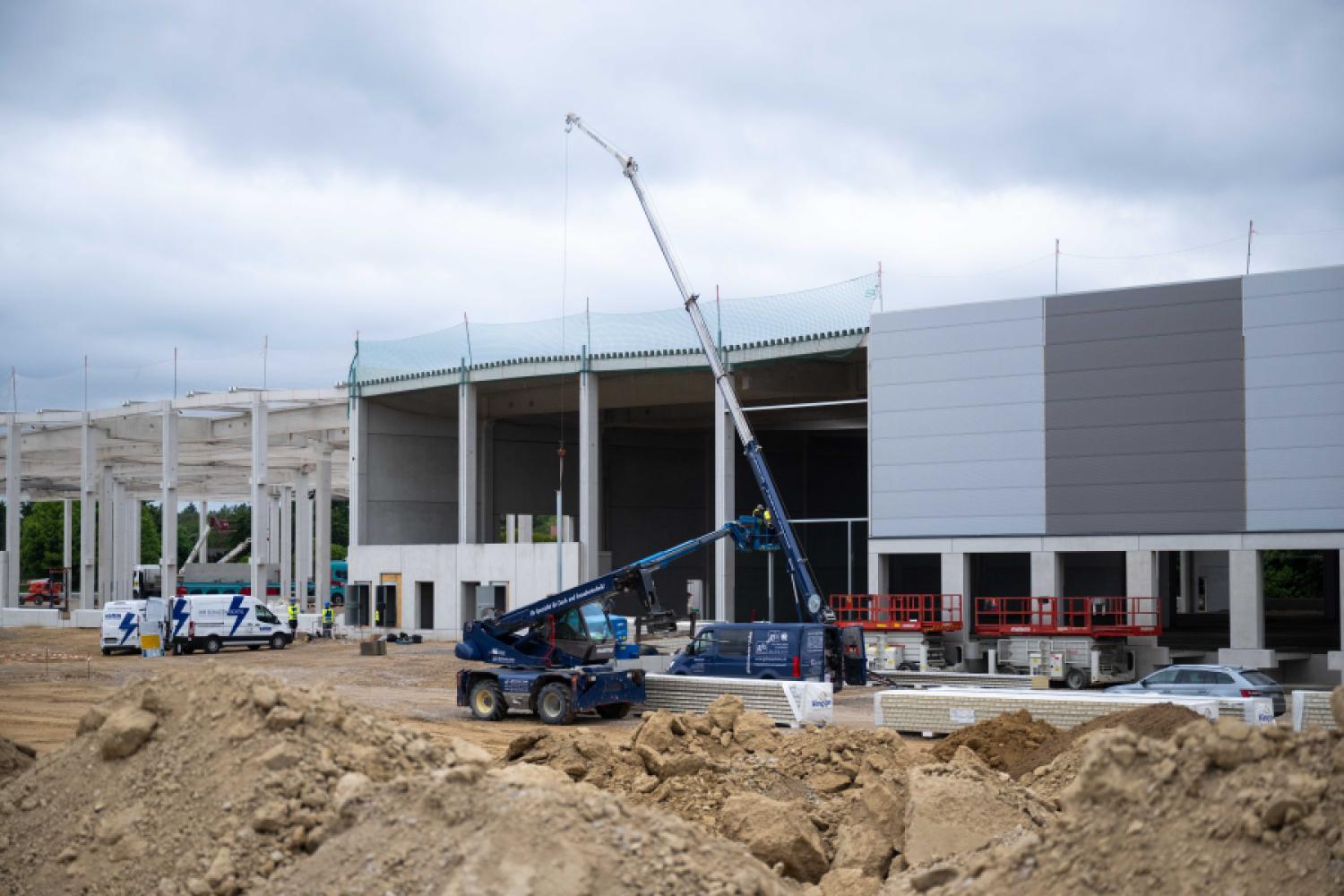DHL Supply Chain is further advancing the technological expansion of its warehouse and supply chain processes. With an investment of 550 million pounds (approximately 637 million euros), the logistics company is strengthening its infrastructure in the UK and Ireland. The focus is on deploying over 1,000 additional robots, targeted automation in high-growth sectors such as e-commerce and healthcare logistics, and building specialized warehousing capacities. These measures are part of the corporate strategy "Strategy 2030" and underscore the growing importance of the UK in the global DHL network.
Robots unload containers, swap bodies, and truck trailers
The cornerstone of the investment is the large-scale deployment of modern robotics solutions, including, for the first time, stretch robots from Boston Dynamics in the UK. The devices can unload up to 700 cartons per hour, relieving warehouse staff of physically demanding tasks in hot or cold transport vehicles. Supported by sensor-based control and an extendable conveyor system, the stretch robot increases efficiency, particularly in fast-paced industries like online retail.
The stretch
robot was developed, among other things, for logistical applications, specifically for the automated unloading of truck trailers, swap bodies, and containers. Equipped with a camera-based sensor system, the robot recognizes individual packages, picks them up with a vacuum gripper arm, and places them precisely on a conveyor belt. Thanks to its autonomous navigation, Stretch can move flexibly in tight loading areas and operates independently of fixed installations.
Robots relieve labor-intensive areas of contract logistics
DHL plans to use robotics not only for unloading but also for picking in the future - one of the most labor-intensive areas in contract logistics. Already, over 2,000 robots are active in DHL's warehouses in the EMEA region (Europe, Middle East, Africa), including more than 750 assisted picking robots from Locus Robotics and 6 River Systems. With the newly signed memorandum of understanding with Boston Dynamics, the path is now being paved for the group-wide deployment of more than 1,000 additional stretch robots. The collaboration with the robotics specialist includes not only
the use of finished systems but also the joint development and scaling of new applications.
More healthcare logistics at DHL
Another central element of DHL's investment offensive is the expansion of specialized healthcare logistics. A new "DHL Health Logistics" center with cleanrooms and temperature-controlled storage areas is being built in Derby. It is tailored to the needs of the UK life sciences and healthcare market, which, according to forecasts, shows double-digit growth rates in highly specialized areas. The goal is to meet the complex logistical demands of the healthcare sector with seamless transparency and high responsiveness.
DHL is all-in on automation
Internationally, DHL is advancing in automation. Over the past three years, the DHL Group has invested more than one billion euros in contract logistics automation alone. Worldwide, more than 7,500 robots, around 200,000 smart handheld devices, and almost 800,000 IoT sensors are in use. Over 90 percent of DHL warehouse locations are thus already equipped with digital or automated solutions.
Otto Group also relies on stretch
robots
The Otto Group complements the picture of a dynamically developing robotics market in Europe. As the first company in Europe, it integrated the stretch robot from Boston Dynamics into its logistics processes. At the Altenkunstadt site, the system autonomously handles container unloading and supports employees in physically demanding tasks. The technology is also expected to be expanded in the future - for example, for palletizing and loading. The Otto Group sees this as an important step to scale processes, address the shortage of skilled workers, and cushion the growing volatility in trade.
Conclusion for logisticians
These developments demonstrate that robot-assisted processes are increasingly becoming the norm in the European logistics sector, not only enabling efficiency gains but also laying the foundation for resilient, future-proof supply chains. Major players such as DHL and Otto are taking a leading role - through their investments in technology and infrastructure as well as their role as development partners for next-generation industrial robotics. However, scalable technology could also be effectively utilized





